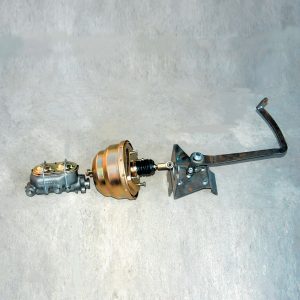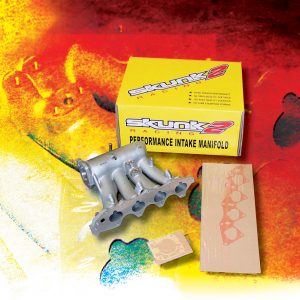Manufacturers

Producing horsepower requires two major ingredients, namely, air and fuel. Of course, the two must be supplied in the correct proportions and at the proper time; but improving power is a simple matter of adding airflow. Naturally, additional fuel will be required once the airflow is improved, but the first item on the horsepower priority list should always be more airflow.
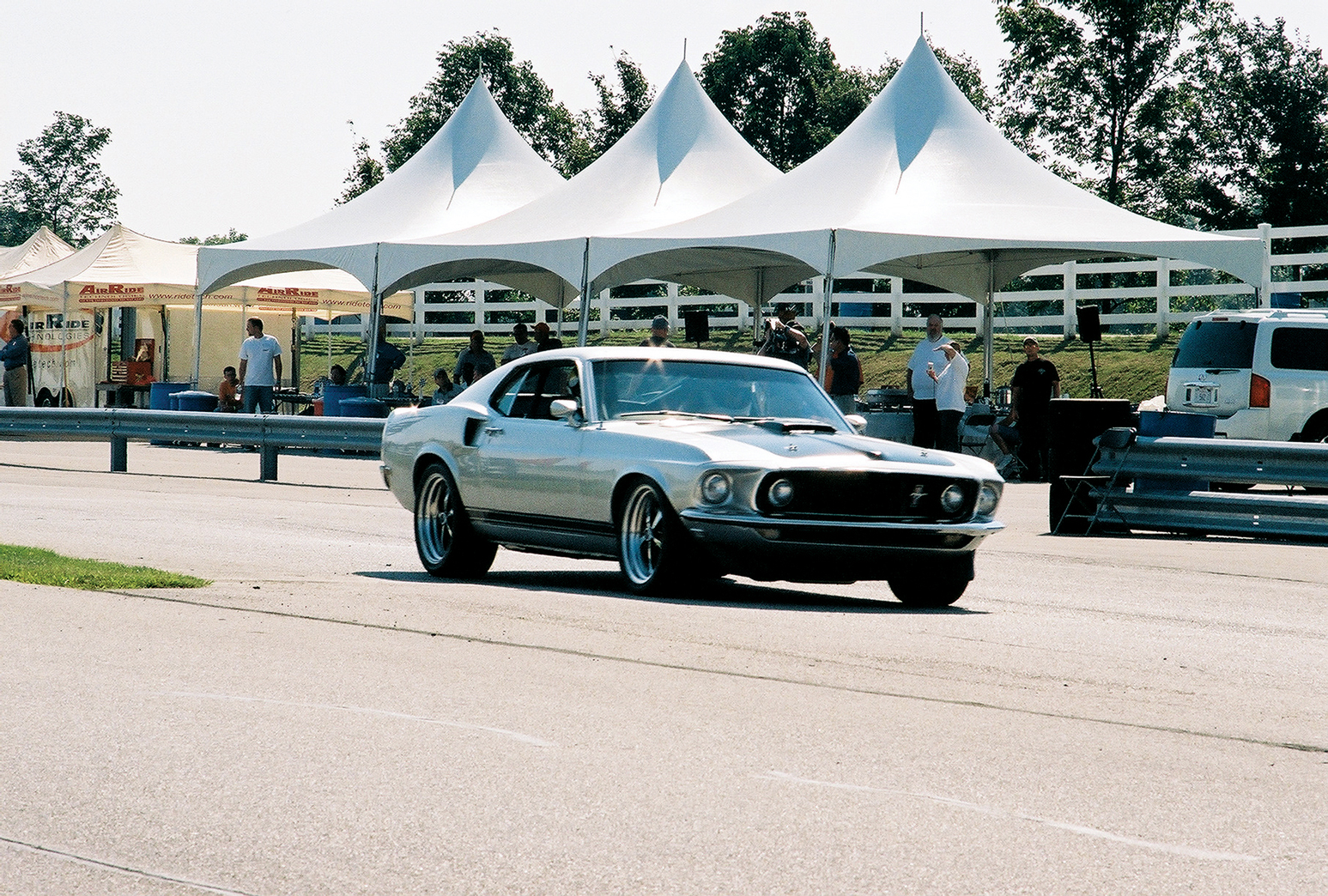
As much as it rankles Blue Oval fans, the early Mustangs used the same suspension as the Falcon and the Comet. It brings to mind cars powered by little six-bangers, dubbed “economy cars,” and not meant for the performance-minded-like a ’60s version of a Geo Metro or Yugo. Those who drove them loved and abused them, and quickly determined the limits of the factory suspension—especially with any power under the hood.

While the small-block Chevy is the popular engine choice for many enthusiasts, many are now relying on a Blue Oval heart for their performance bodies. With its link to Ford, the original body manufacturer for many of the classic cars we see today, the small-block Windsor-style Ford engine offers several advantages. When compared to Chevy, the lack of firewall clearance for a number of Chevy engine swaps is due to the rear distributor position of the engine. The front-mount distributor position is the more logical place to drive the distributor and the oil pump. Not to mention, it’s much more convenient.
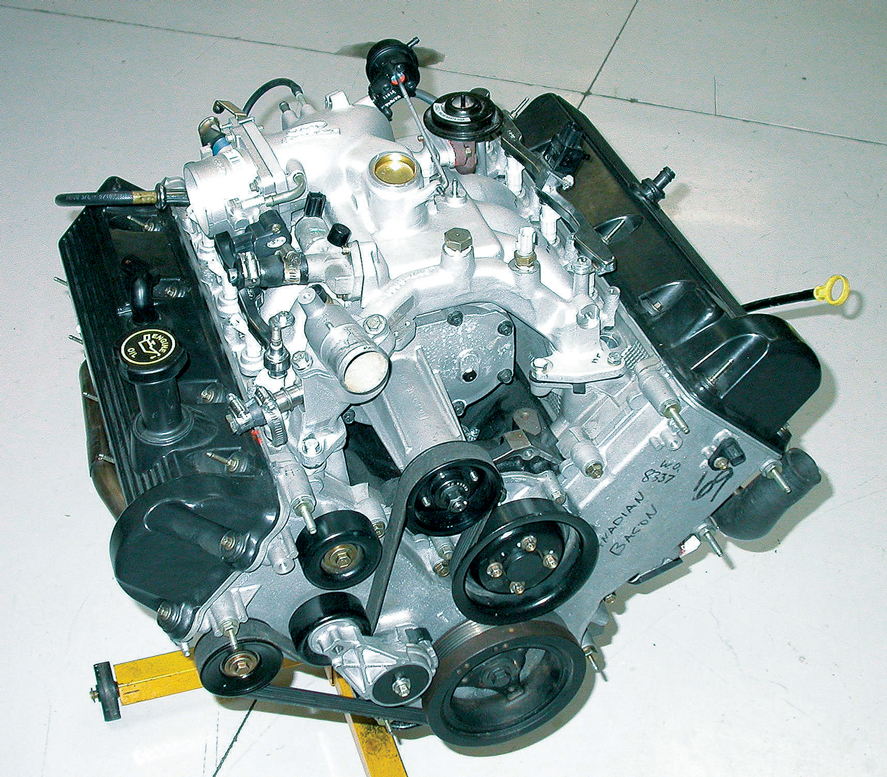
One of the most misunderstood performance components on any engine has to be the camshaft, or camshafts in the case of our overhead-cam 4.6-liter Ford engine. The difficulty is only compounded when you add forced induction to the mix. From an anatomical standpoint, the camshaft can be likened to the brain, as the cam profile determines how effectively (when and where) breathing takes place.
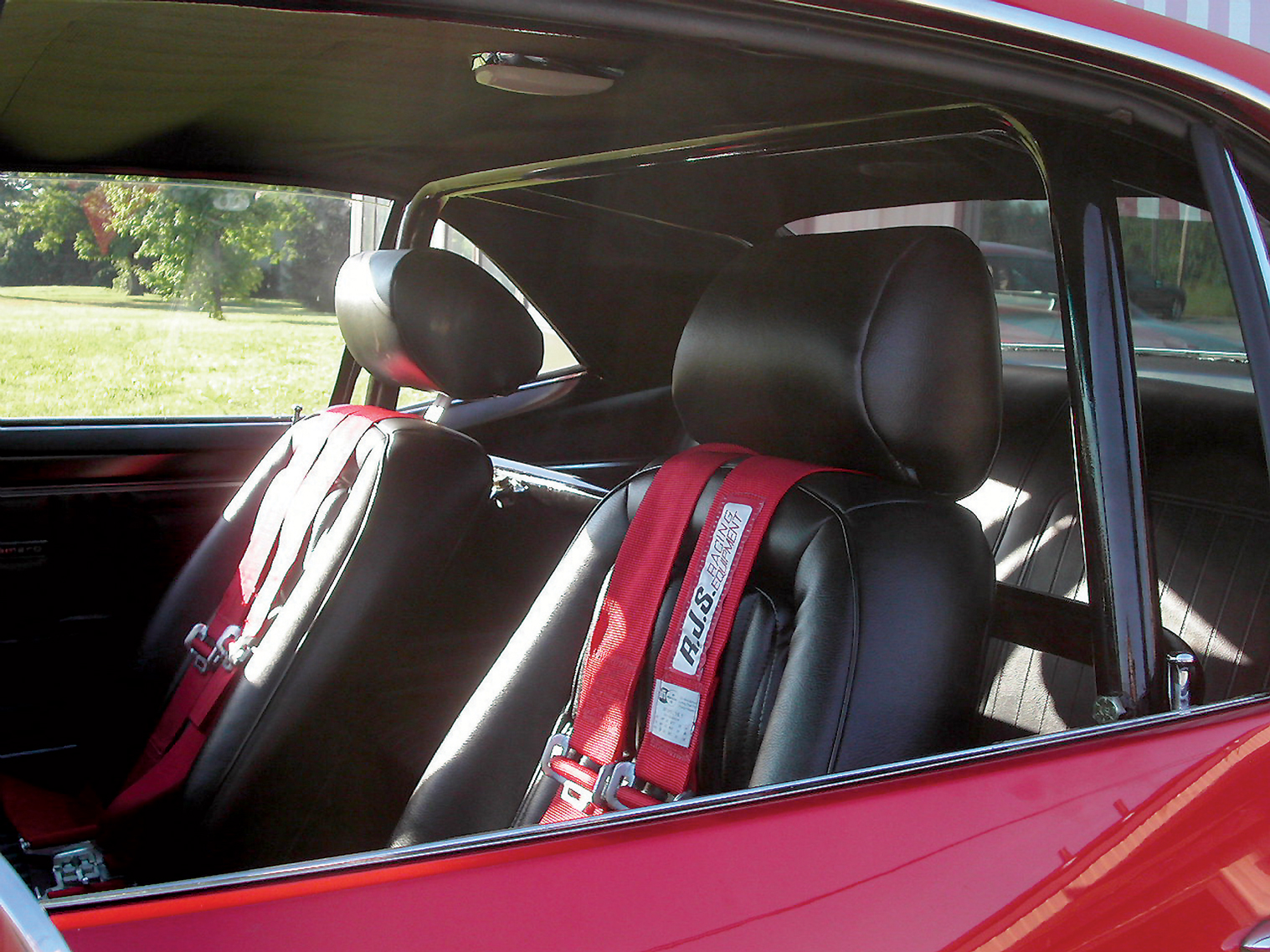
In the fall of 2003, I wanted to attend an open-track lapping day with my ʼ67 RS/SS Camaro. I have owned the car for several years and have autocrossed and drag raced it, but I never had the opportunity to run it at one of the local tracks, such as Nelson Ledges of mid Ohio, or BeaverRun.

If you are towing your rig with a ’99-’06 General Motors truck, or a Chevy or GMC vehicle, there’s a good chance you have experienced a strange clunking noise when making slow turns. The clunking noise seems to originate from within the steering column, and some owners can actually feel a small vibration in conjunction with the clunking. If you have encountered this problem, it’s not your imagination, as there appears to be a unique conundrum associated with Chevy and GMC pickups, and their corresponding SUVs.
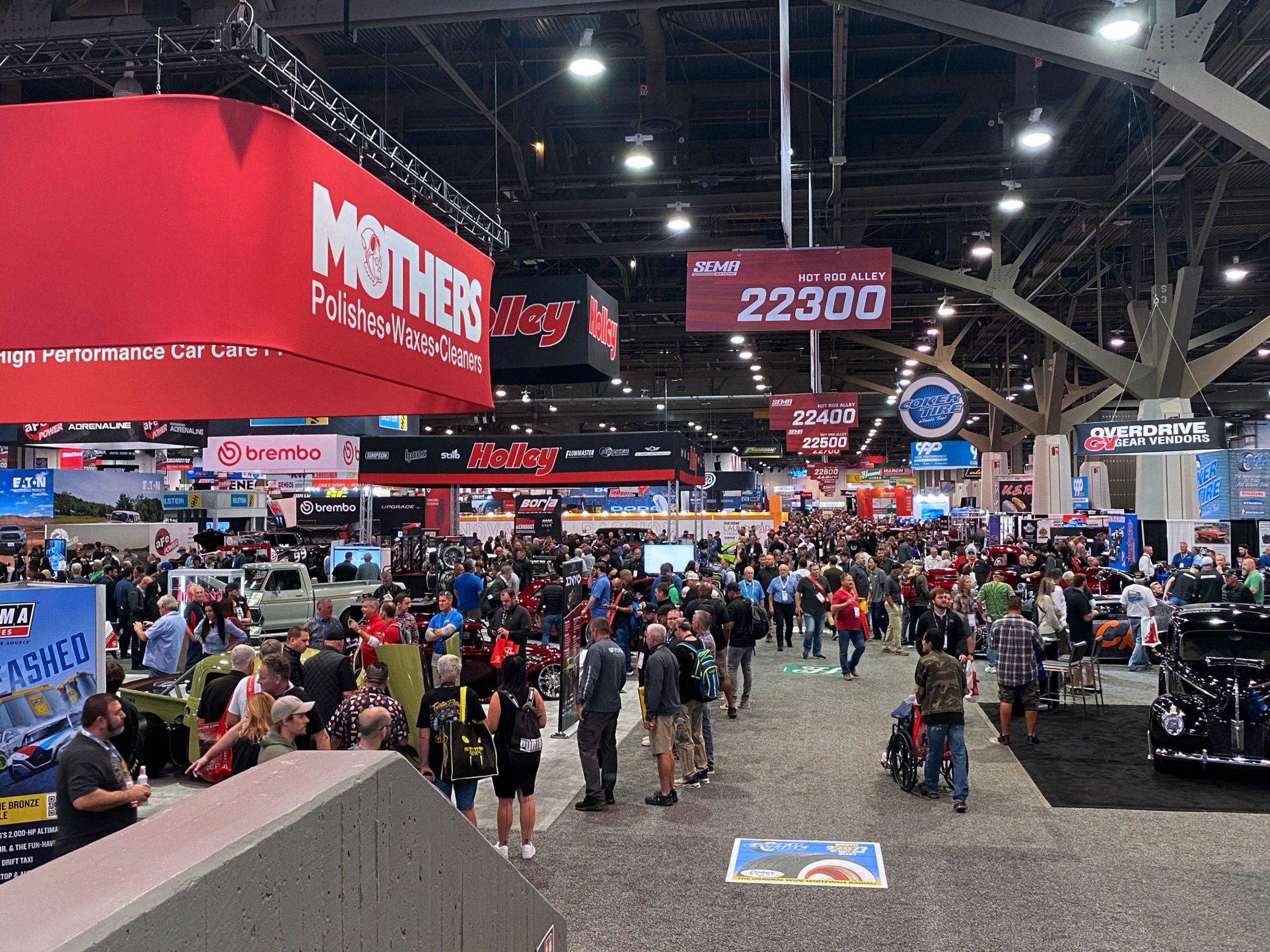
The Specialty Equipment Market Association (SEMA) Show engulfs Fabulous Las Vegas annually. It brings together the biggest names in the automotive world to show off the latest and greatest, whether it’s new products, amazing custom builds, or the newest trends. TheAutoBuilder is excited to be in the thick of it all.

LS Swaps are extremely popular, and for good reason! ACES EFI makes the swap process super simple with its Jackpot EFI system. Check out this awesome ‘83 Chevrolet Silverado and get the finer points of the Jackpot from Kim and Pete!
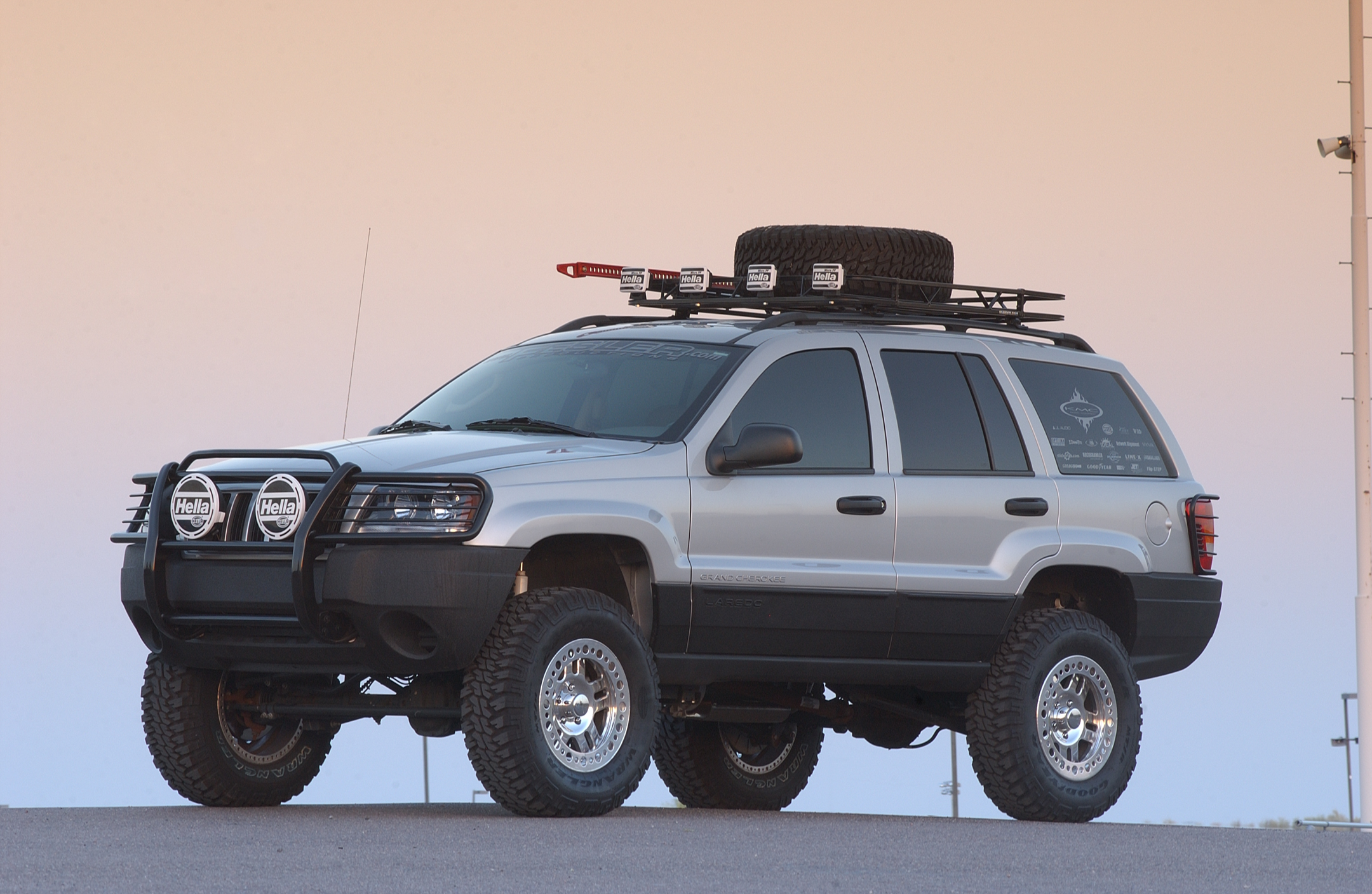
With the Jeep legend continuing to grow it is no wonder that more and more people are finding ways to customize their Jeep. Whether it is traditional Wrangler or a new more luxurious Grand Cherokee, people seem to want to feel that Jeep energy; the energy that has gotten Jeep where it is today.
With the advent of the old-time roadster popularity rearing its head again, and with the ever-increasing price of gasoline, we suspect that you will be seeing more and more of these little engines in creatively altered hot rods. We know of a few being done right now, and we will be bringing those to you just as soon as they hit the road. But in the meantime, here’s a piece that took a lot of time to assemble and research, so we thought that those of you looking for alternative powerplants would enjoy this neat solution for the right, light car.





